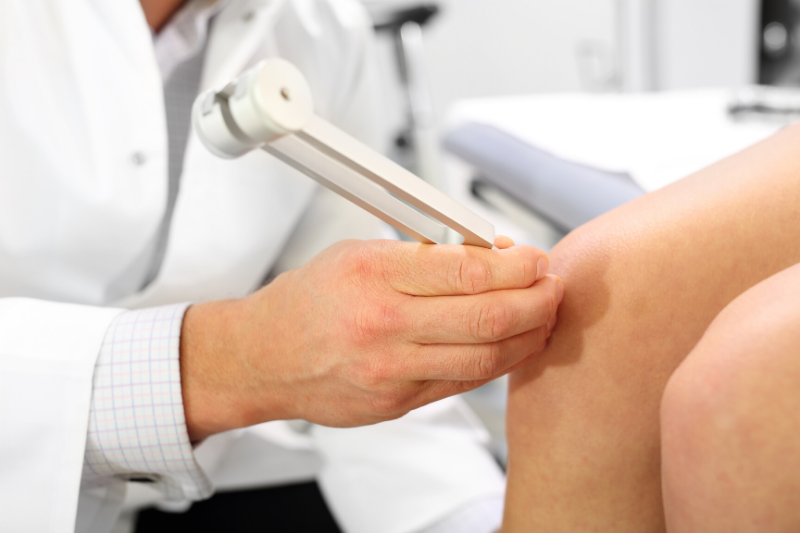Rehabilitation plays a crucial role in orthopedic treatment plans, serving as a cornerstone in the recovery journey for individuals with musculoskeletal injuries, surgeries, or chronic conditions affecting their bones, joints, muscles, ligaments, or tendons. This comprehensive approach aims not only to restore physical function but also to enhance quality of life through tailored exercises, therapies, and education.
1. Restoring Functionality: Orthopedic rehabilitation focuses on restoring range of motion, strength, and flexibility. This is achieved through targeted exercises designed to rebuild muscles, improve joint mobility, and enhance overall physical capability. For instance, after a knee replacement surgery, exercises to strengthen the quadriceps and improve knee extension are crucial to regain walking ability and functionality.
2. Pain Management: Pain is often a significant concern in orthopedic conditions. Rehabilitation programs include modalities such as ice and heat therapy, ultrasound, electrical stimulation, and manual techniques to alleviate pain and discomfort. By addressing pain early in the recovery process, rehabilitation helps patients regain confidence in their movement and daily activities.
3. Preventing Recurrence: Effective rehabilitation not only focuses on current injuries but also aims to prevent future issues. Education on proper body mechanics, ergonomic principles, and specific exercises to strengthen vulnerable areas can reduce the risk of reinjury or the development of secondary complications. This preventive aspect is particularly important for conditions like repetitive strain injuries or osteoarthritis.
4. Enhancing Recovery Post-Surgery: Orthopedic surgeries, such as joint replacements or spinal procedures, often require structured rehabilitation programs to optimize recovery outcomes. Rehabilitation helps patients regain functional independence and adapt to any residual limitations post-surgery. It also facilitates a quicker return to daily activities and work, promoting a smoother transition back to normal life.
5. Individualized Care: Every patient’s rehabilitation plan is personalized based on their specific condition, overall health, and treatment goals. Orthopedic rehabilitation specialists, including physical therapists and occupational therapists, assess each patient’s needs and progress regularly to adjust the treatment plan as necessary. This personalized approach ensures that rehabilitation efforts are targeted and effective.
6. Psychological Support: Orthopedic injuries or conditions can impact a person’s emotional well-being and confidence. Rehabilitation includes counseling and support to address psychological aspects such as anxiety, fear of movement, or depression related to the injury. Building mental resilience and providing emotional support are integral parts of holistic orthopedic care.
7. Long-Term Management: For chronic orthopedic conditions like arthritis or degenerative disc disease, rehabilitation focuses on long-term management strategies. This includes maintaining mobility, managing pain flare-ups, and adapting exercises as the condition evolves over time. By empowering patients with self-management techniques, rehabilitation encourages active participation in their ongoing care.
In conclusion, rehabilitation in orthopedic treatment plans is not merely about recovery from injury or surgery but encompasses a holistic approach to optimizing physical function, managing pain, preventing future issues, and supporting emotional well-being. Through structured exercises, education, and personalized care, rehabilitation plays a pivotal role in helping patients regain independence, improve their quality of life, and achieve long-term health outcomes.






Comments